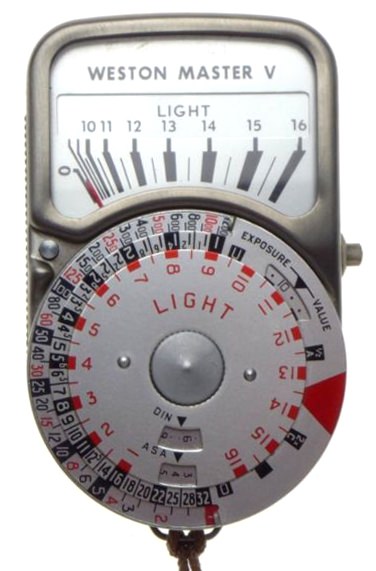
Yesterday afternoon, I spent an entertaining hour rummaging through one of the drawers in my study desk, for no other reason that rummaging through a drawer is a pleasing, if a slightly time-wasting diversion. Drawers are often full of memories.
I found a rusting pair of scissors which belonged to my grandmother who once told me that she’d had the scissors since she was a teenager. She was born in 1878. Then I discovered a letter opener with a stainless steel blade and a wooden handle, which was made by my cousin at least sixty years ago as a birthday present for my mother.
Near the bottom of the drawer I found a white box with the word “Philatoscope” printed on the front. You may not have come across one of these, but it’s a large convex lens affixed to a small stand just high enough to slide a postage stamp underneath. It used to belong to my father who was an enthusiastic stamp collector.
On the back of the box it says “ten shillings and sixpence” which must have been a lot of money in the 1950s. It’s in pristine condition and I tried it out on a two baht stamp. It still works perfectly.
But among all these priceless treasure, one item from the darkest recesses of the drawer captivated my attention and I’ve added a photograph of it. If you are a regular reader of this column, you’ll know what it is and you might even have one. It is of course an exposure meter, and a pretty famous one at that. It was named after its English inventor Edward Weston. His first photographic exposure meter appeared in the 1930s and didn’t look much different to the one in the photo, except that it was black. These meters have been used for years by professionals and serious amateurs and I bought mine in the late 1960s.
It looks a complicated thing but they were actually quite easy to use once you’d grasped the idea. Without becoming embroiled in too much technical detail the “exposure” is the amount of light that reaches the photographic film or the image sensor and it’s determined by the shutter speed, the lens aperture and the brightness of the image itself. Before the appearance of Mr. Weston’s exposure meter, it was largely guesswork.
Some people became quite skilled at estimating the exposure but it could be an unreliable method especially in unfamiliar surroundings. And of course in the days of film, you couldn’t see your photograph until the film was processed and prints had been made. If your guess had been wrong, nothing much could be done about it. However, black-and-white photographic film was much less sensitive back in those days and rather more forgiving.
I suppose the vast majority of people who rely on their Smartphone for taking photographs have any idea of what the word “exposure” means. But their Smartphone does, and it attempts to work out the correct exposure for every photo they take, often with surprisingly accurate results. This confirms my lingering suspicion that Smartphones are often smarter than the people who use them. Anyway, if you don’t mind, I am going to spend a bit more time with my ancient Weston Master V and see if I can remember how it works.
 |
 |
 |





